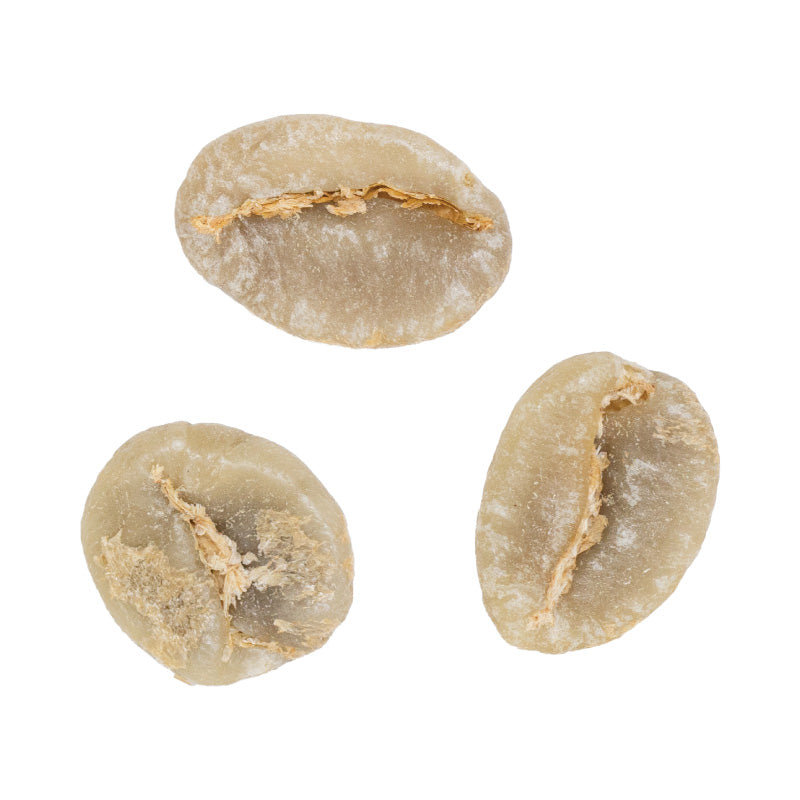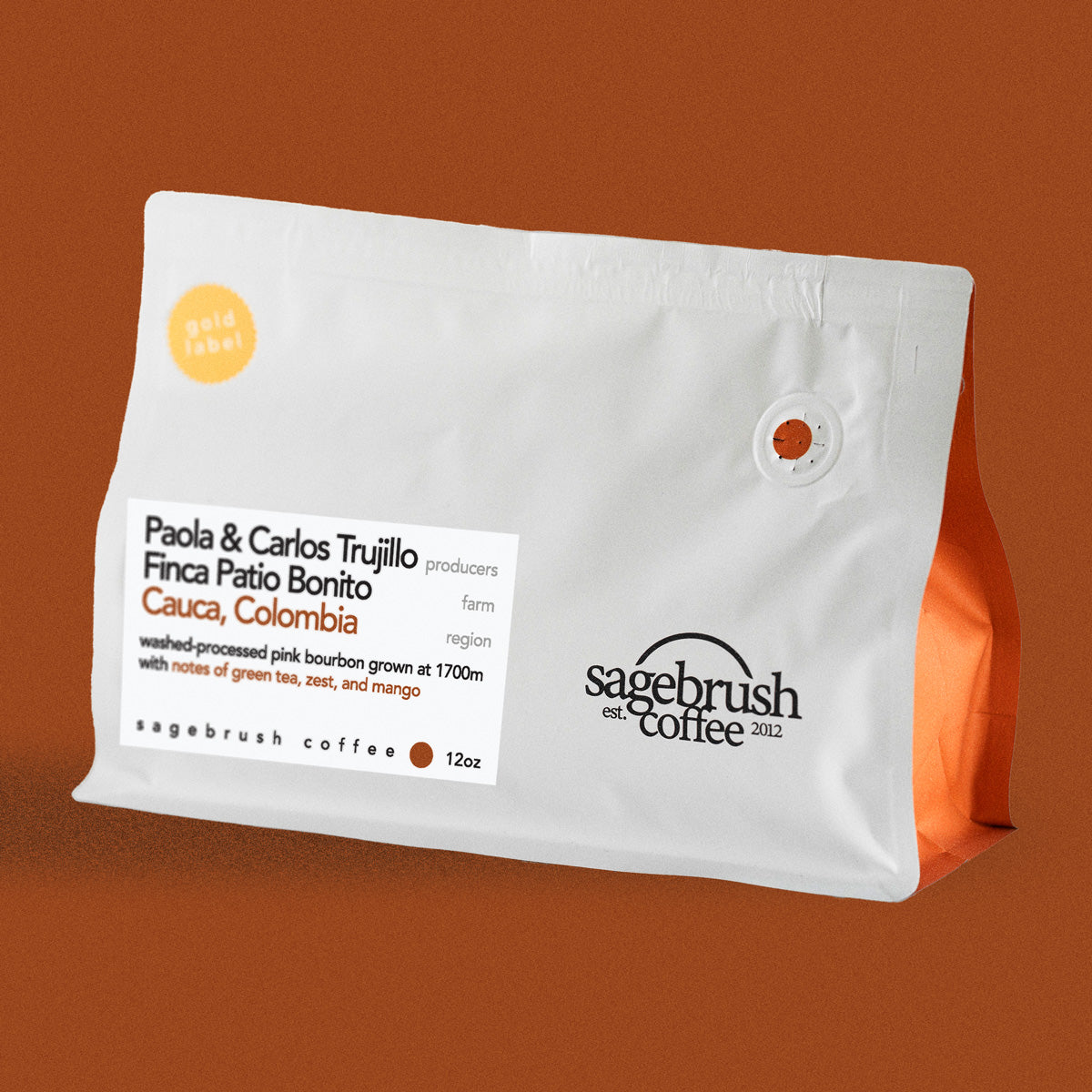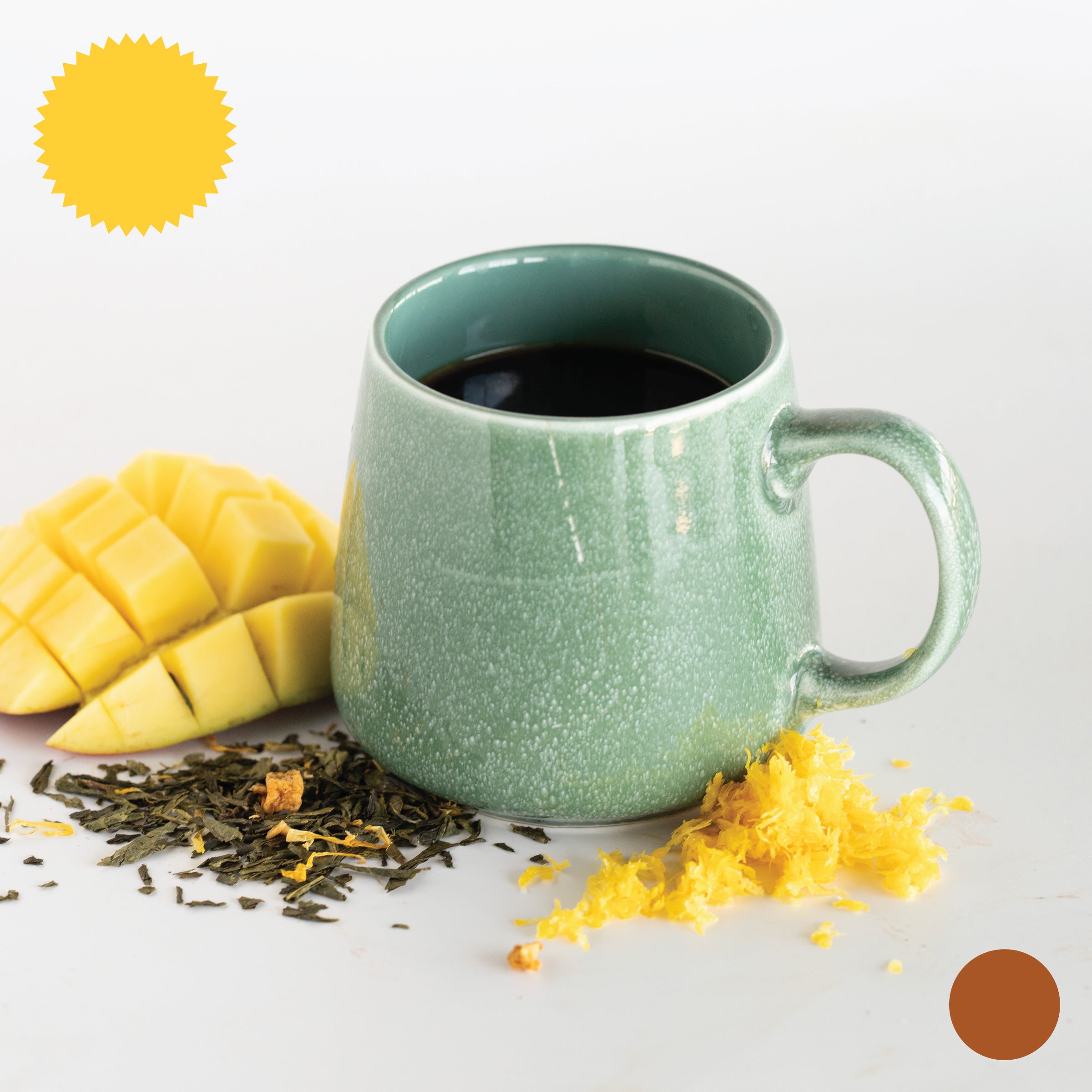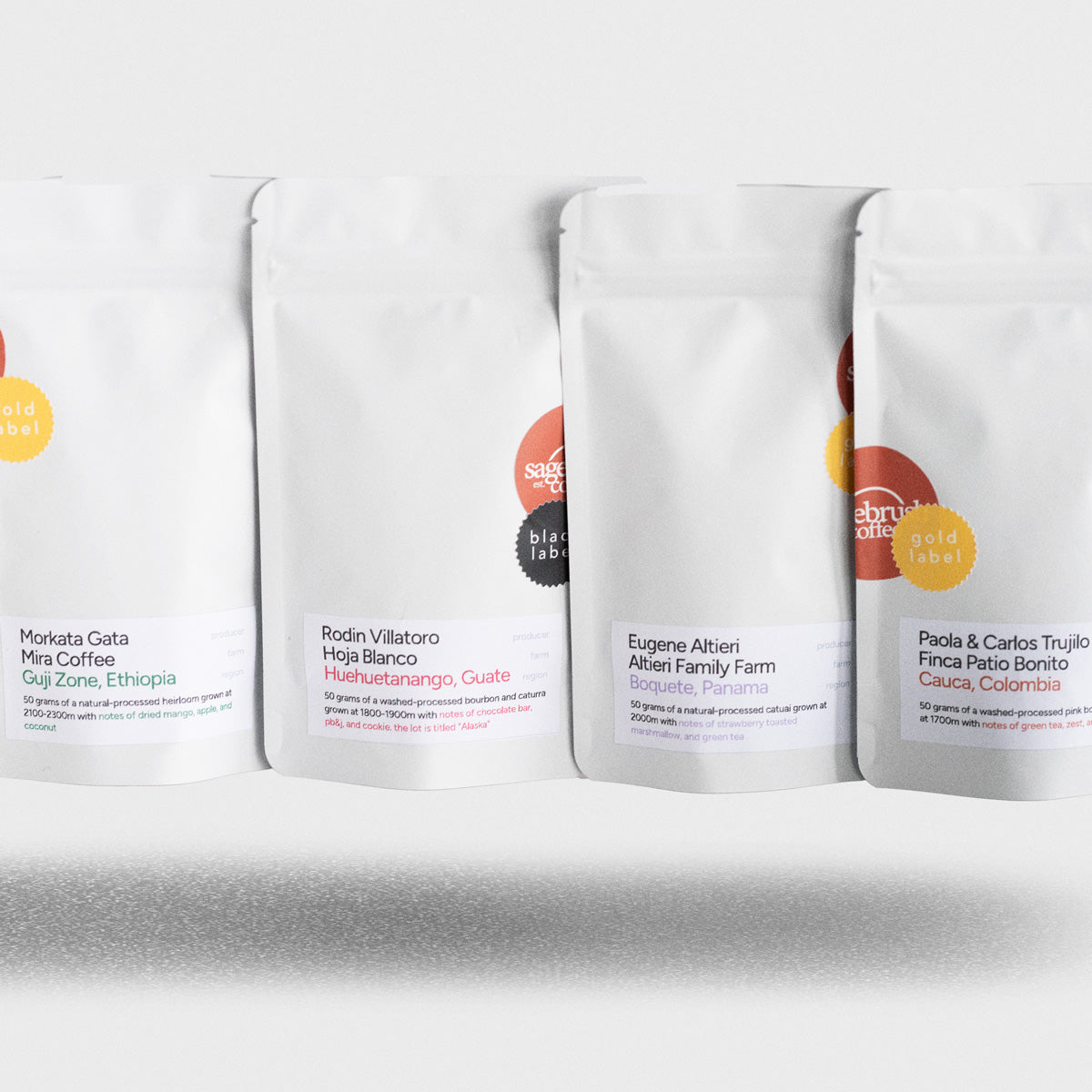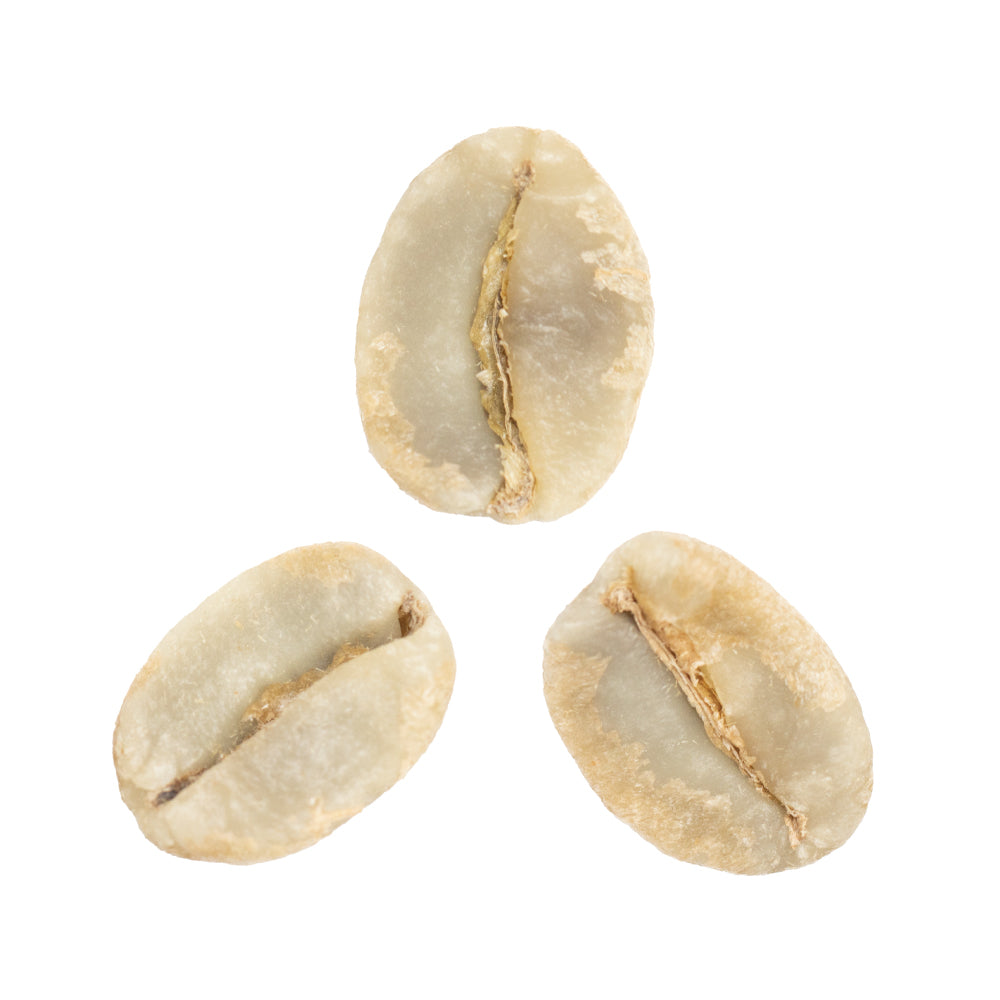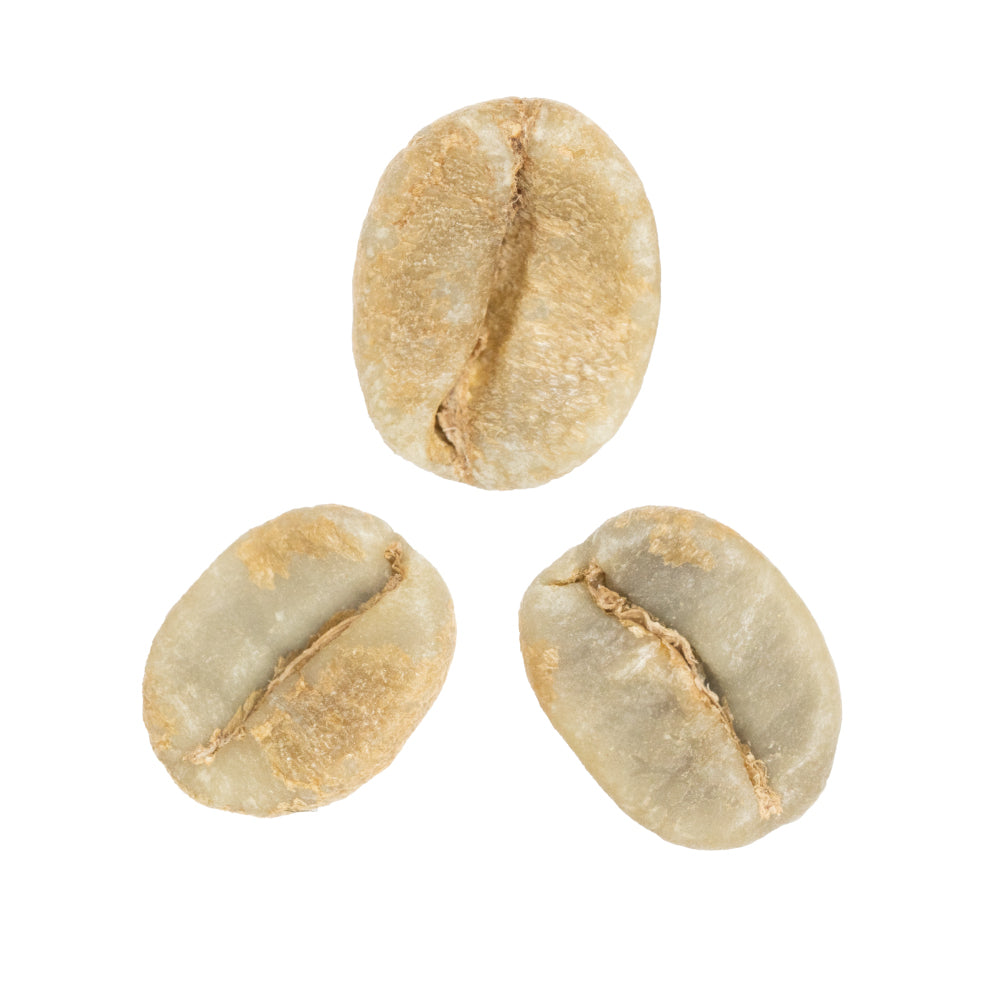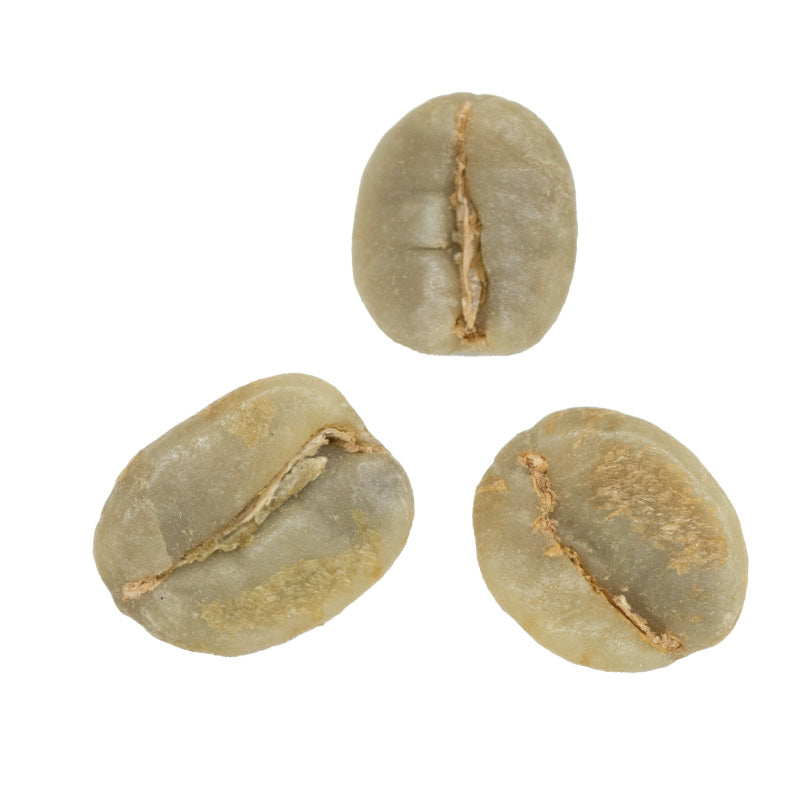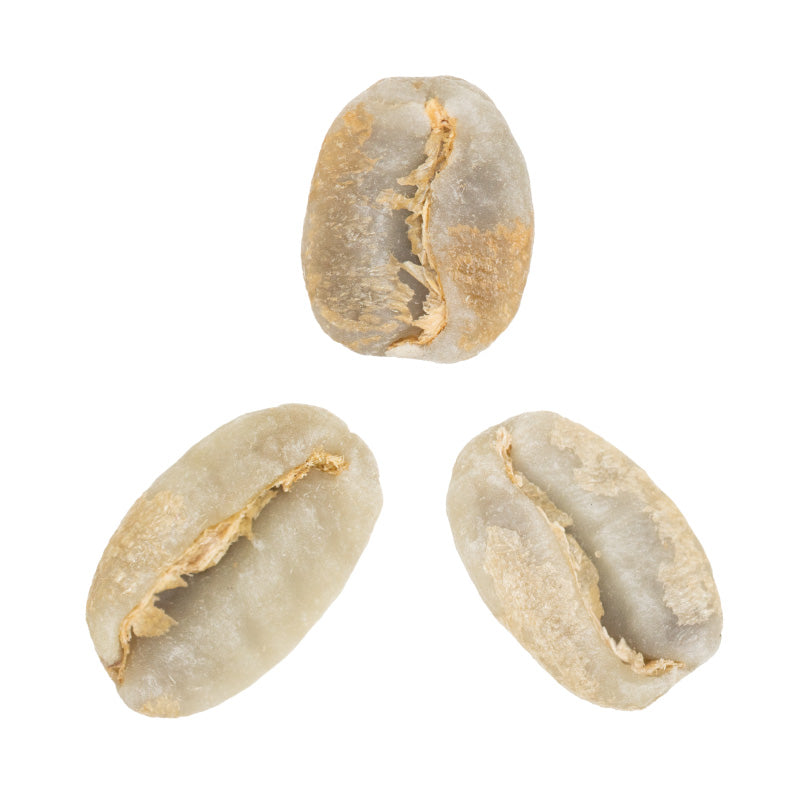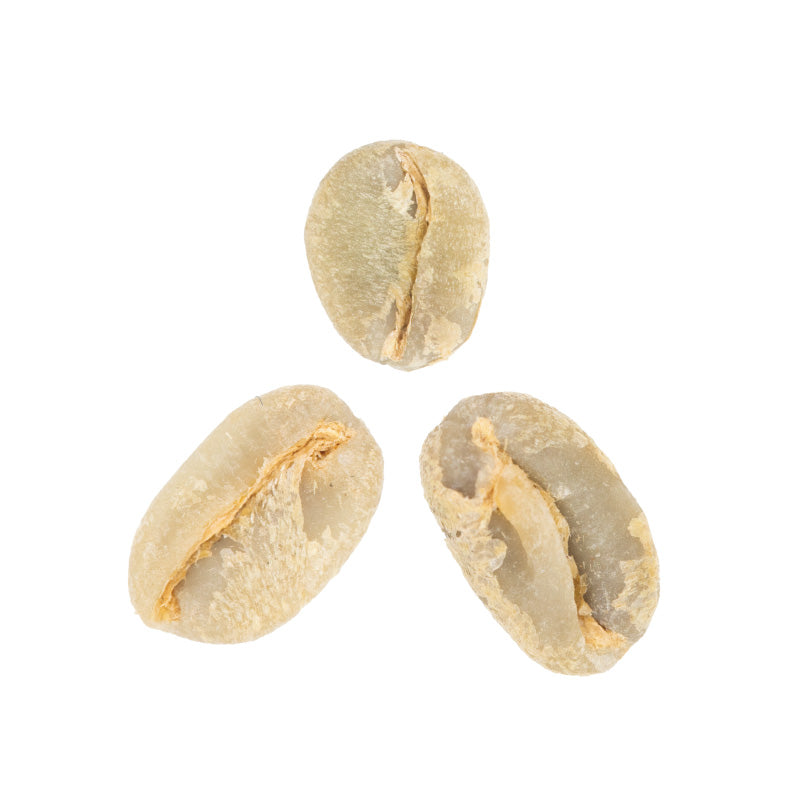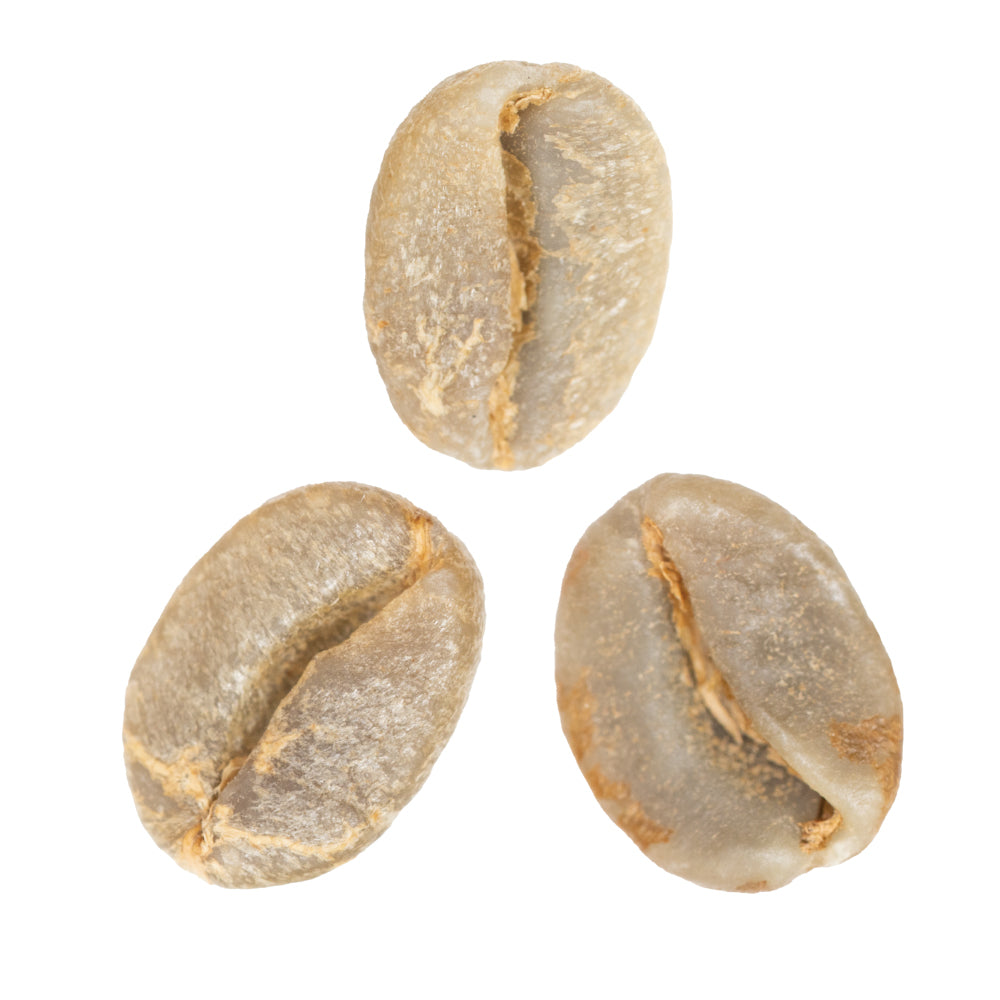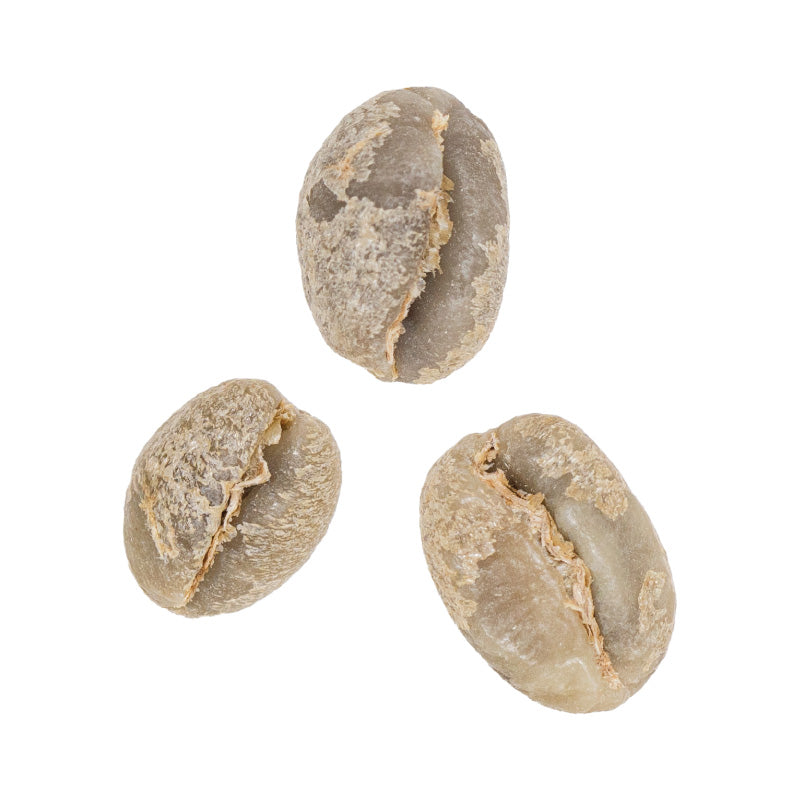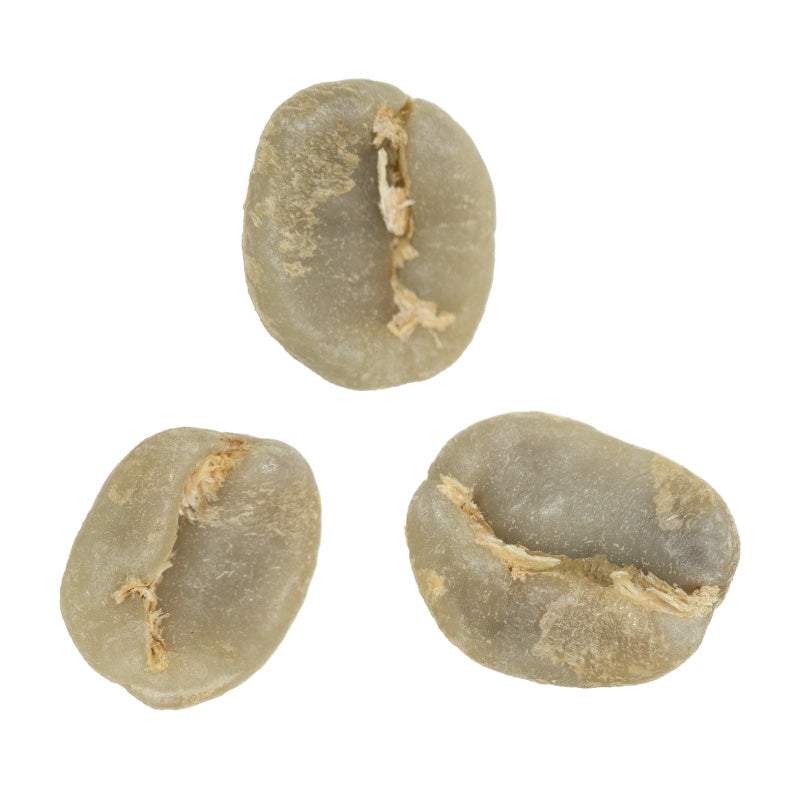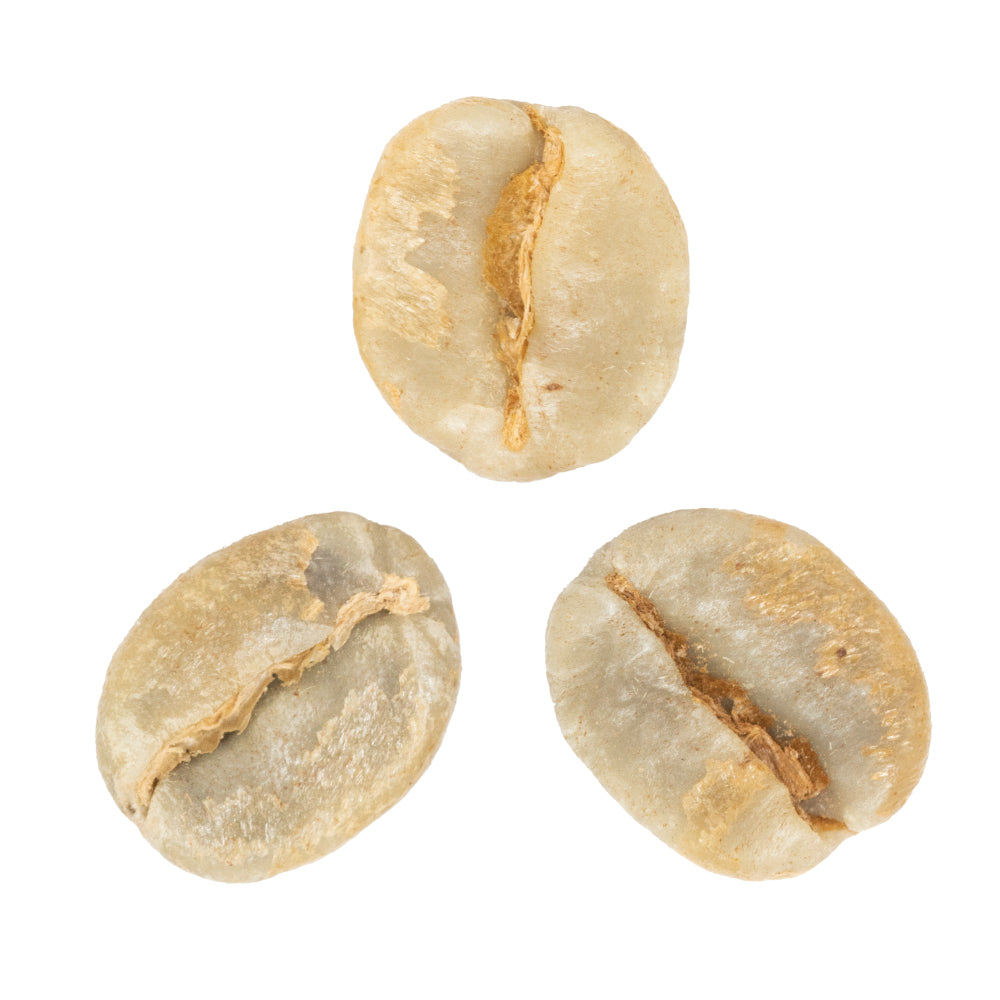Coffee Varieties Guide •
Read our Coffee Varieties articleThe Mystery of Pink Bourbon's Origins
Here's where Pink Bourbon gets interesting—and frustrating for coffee historians. Unlike varieties with well-documented origins, Pink Bourbon's beginnings are surprisingly murky.
What we know: it emerged from Brazil, likely as a natural mutation or hybrid of the traditional red Bourbon variety. The pink coloring comes from a genetic variation that affects the cherry's pigmentation at maturity. Instead of the deep red of regular Bourbon, these cherries stop at a distinctive salmon-pink.
What we don't know: exactly when or where this mutation first appeared, who discovered it, or how it spread across South America.
The variety's expansion reads like a game of telephone. Farmers in Colombia report getting seeds from neighbors who got them from other farmers, creating a chain that eventually traces back to Brazil—but the original source remains lost. No research station claims credit. No single farm boasts being the birthplace.
Today, Pink Bourbon thrives particularly in Colombia's Huila region, where high altitudes and volcanic soils have proven ideal for this variety. It's also found in smaller quantities throughout South and Central America, each region coaxing slightly different characteristics from those pink cherries.
What Makes Pink Bourbon Special
The pink cherry isn't just cosmetic—it signals important differences from traditional Bourbon.
First, Pink Bourbon demonstrates improved disease resistance compared to its red parent. Traditional Bourbon, while producing exceptional cup quality, is notoriously susceptible to coffee leaf rust and other diseases due to its rapid cherry maturation. Pink Bourbon's genetics provide better resilience, giving farmers a variety that combines quality with practicality.
Second, the picking process becomes more precise. The distinctive pink color makes it easier for pickers to identify perfectly ripe cherries, potentially improving consistency in the harvest. However, this also requires experienced pickers who understand that "ripe" for Pink Bourbon looks different than the deep red they're accustomed to.
The variety also tends to produce slightly larger cherries with a higher sugar content—characteristics that can translate directly to the cup when properly processed.
Processing and Production Challenges
Growing Pink Bourbon successfully requires attention to detail. While hardier than traditional Bourbon, it's not a plant-and-forget variety. Farmers report that quality can vary significantly based on farming practices, altitude, and processing methods.
The variety performs best at high altitudes—typically above 1,600 meters—where cooler temperatures allow for slower cherry development and more complex flavor formation. Colombian producers in regions like Huila and Nariño have found particular success, with their Pink Bourbons consistently scoring well in cupping competitions.
Processing Pink Bourbon often involves experimentation. Producers have found success with various methods—washed, honey, and natural—each highlighting different aspects of the variety's potential. The higher sugar content makes it particularly suitable for controlled fermentation experiments.
Flavor Profile and Value
When properly cultivated and processed, Pink Bourbon delivers a cup that justifies the attention it receives. The flavor profile typically showcases bright, wine-like acidity with a silky body that's characteristic of the Bourbon lineage.
Common tasting notes include red fruits—think strawberries and raspberries—alongside floral hints of rose and jasmine. There's often a candy-like sweetness, sometimes described as cotton candy or fruit punch. The finish tends to be clean and lingering, with subtle chocolate undertones that nod to its Bourbon heritage.
In terms of value, Pink Bourbon occupies an interesting middle ground. It's not commanding Gesha prices, but it consistently sells at a premium over standard varieties. For farmers, it offers better yields and disease resistance than traditional Bourbon while still fetching specialty prices. For roasters and consumers, it provides a unique and memorable cup without the sticker shock of ultra-rare varieties.
The Pink Bourbon Experience
Pink Bourbon reminds us that coffee innovation doesn't always happen in laboratories. Sometimes it emerges mysteriously from farms, spreading through informal networks of farmers sharing seeds and knowledge.
While we may never know its exact origins, Pink Bourbon has earned its place in specialty coffee through merit—delivering cups that are both distinctive and delicious, while giving farmers a variety that's both profitable and manageable.


